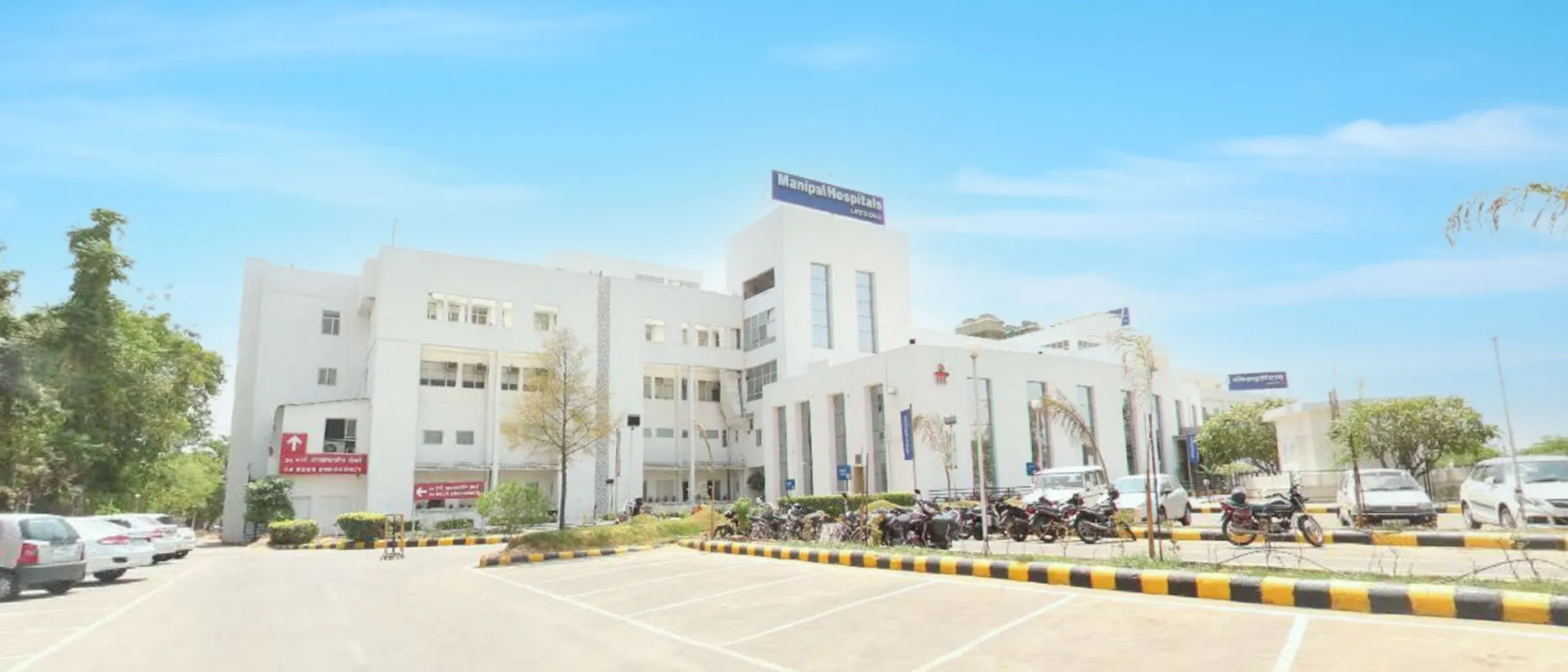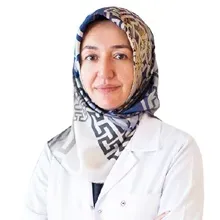Overview of Chest Wall Deformities Treatment India
A chest wall deformity or pectus excavatum is a structural abnormality of the chest that can be mild or severe. It occurs when the cartilage that connects the ribs grows unevenly. This condition is genetic and run in families.
Also known as abnormal development of the chest, it is congenital and is common at birth or in childhood. These deformities are visible in the early stage, when a child is 1 or 2 years old. This malformation increases rapidly during puberty, when the childs cartilage and bones are growing. There are several types of anomalies, and some common are Pectus excavatum or pectus carinatum. The less common types of abnormal developments are Jeune syndrome, pectus carinatum, and defects of the ribs and sternum.
This condition may or may not have any symptoms at all. Some children have problems breathing and have a risk of asthma and respiratory infections. The children with any type of chest wall deformity are prone to develop scoliosis. Depending on the severity and type of deformity, it is treated with a brace, a surgery or no treatment at all.
Doctors wait to perform surgery until the child reaches adolescence and the child's growth has happened. Surgery is usually recommended for children of 4 years, an age when bones are soft and easy to reposition.
Types of Chest Wall Deformities Treatment India
Types of Chest Wall Deformity
01. Pectus Excavatum - Also known as sunken or funnel chest, it occurs when the breastbone is pushed inward, and the lower half of the sternum is affected. It is the most common type of chest wall deformity and affects 1 out of every 300 to 400 children. It is three times more common in boys than girls. It causes lung capacity restriction and cardiac compression. Patients may also experience chest pain, shortness of breath and asthma.
02. Pectus Carinatum - Also known as raised chest or pigeon chest, it is a condition where ribs and breastbone jut. In some children, both sides of the chest protrude and in some children, one side of the chest sticks out to the other side. It affects about 1 in every 1,500 children. Boys are prone to this condition as compared to girls.
03. Jeune Syndrome - In this condition, the ribs are broad, abnormal, short and join to costal cartilages abnormally. Due to this, an inflexible chest cavity is small-bell shaped, and makes it difficult to breathe. The symptoms begin in a newborn for up to 4 to 5 years of age. The most severe conditions can cause breathing difficulty and the child needs a mechanical ventilator.
04. Poland Syndrome - It consists of several chest wall abnormalities of one chest side. These include rib abnormalities, pectoralis muscle, under development of areola and breast tissue, inadequate development of the hand, arm and fingers. In this condition, the right side of the body is affected more as compared to the left side. The mild signs of this condition often go undiagnosed.
Pectus Excavatum Treatments
01. Bracing - In most cases, treatment may not be required. The most common approach is using brace. Patients need to wear braces for 8 hours a day for 6 months. It is a semi-padded brace that corrects the outward presence of the chest with consistent pressure. This pressure causes cartilage to reshape itself. Doctor will analyze the amount of required pressure to resolve it. The results are visible within the first few months.
02. Surgery - There are two types of surgeries to treat chest wall deformities and Ravitch (open) procedure and Nuss (minimally invasive) procedure.
2.1. Ravitch Procedure - In this procedure, the surgeon removes abnormal cartilage and ribs by making a large incision in the chest. The space in the chest will be filled with a support system which is removed in 6 to 12 months. As the ribs and sternum heal, the ribs and chest stay in normal position. It is advice for patients of 14 to 21 years old.
2.2. The Nuss Procedure - It is an advanced and less invasive technique. Surgeons will make small incisions and insert a curved metal bar to remove sternum and ribs. A stabilizer bar is inserted in the chest and this will help reshape the chest in 3 years. After reshaping is done, the bar will be removed surgically. It is used on patients aged 8 and older.
Diagnosis of Chest Wall Deformities Treatment India
Symptoms of Pectus Excavatum
For most people, the common sign is a slight dent in the chest. This depth of the dent worsens in childhood and continues to worsen till adulthood. The common signs may include:
01. Chest pain
02. Recurrent respiratory infections
03. Fatigue
04. Murmur sound in heart
05. Reduced exercise tolerance
06. Heart palpitations
07. Coughing
08. Dizziness
Diagnosis of Pectus Excavatum
Pectus excavatum is diagnosed by examining the chest. However, doctors may suggest several other tests to check for problems with the lungs and heart. These tests may include:
01. CT Scan - It is used to analyze the severity of the disease and whether heart or lungs are compressed or not. In this test, many X-rays are taken from a variety of angles to get cross-sectional images of internal body structure. Doctors may ask to undergo tests to look at the effects of the compression on the heart while breathing in and out.
02. Chest X-ray - It used to check the dip in the breastbone and shows the position of the heart as well. It takes only a few minutes to complete this.
03. Electrocardiogram - It shows whether the hearts rhythm is normal or not, and timing of electrical signals that control the heartbeat. It is painless and involves placement of electrical leads that are attached to the body with adhesive.
04. Echocardiogram - It is a sonogram of the heart that shows real-time images of how the heart and valve are working. The transmitting sound waves are used to produce images against the chest. This test gives your doctor a view on how the chest wall is affecting heart functions and blood flow.
05. Lung Function Tests - This test measures the amount of air that your lungs can hold and time it takes to empty your lungs.
06. Exercise Test - It is used to monitor the functionality of the heart and lungs while you exercise, especially on the treadmill.
Symptoms and Risk factors
The signs and symptoms of chest wall deformities do vary with diagnosis and age, but the most prominent sign includes difficulty breathing. Consult the doctor, if you are experiencing issues with breathing.
Top Hospitals for Chest Wall Deformities in India
Shaping the future of the healthcare institution and establishing the path to accomplishment.
Top Doctors for Chest Wall Deformities in India
Empower your Health with the Expertise of Leading Medical Professionals.
Treatment Costs for Chest Wall Deformities
Be the change and be an opportunist in transforming healthcare.
How it's Works
Guiding your Journey from Discovery to Treatment Planning and Beyond.
Discovery
Get a consultation to discover about your treatment
Pre-Treatment
Admission to the best hospital and all pre-treatment facilities
Post Treatment
Get post-treatment follow-up care with medicine fulfillment
Treatment Planning
Hassle-free treatment planning with package & cost estimations
in-treatment
world-class quality procedures and equipment for treatment


















